
When EPMD’s 1992 gold single “Crossover” came out dissing rappers for shifting toward pop and R&B just, as the lyrics said, “to go platinum and clock mad green,” it sounded a lot like the conversation of the time raging against punk bands for selling out. Well before groups like Green Day broke big in the ’90s, music impresario Malcolm McLaren was maligned for the rise and fall of the Sex Pistols. Meanwhile, he had a hand in Hip-Hop’s early days with the release of his Afrika Bambaataa-inspired “Duck Rock” record, later credited for introducing rap to the UK.
The truth is, punk and rap grew up together— both genres spawned from ’70s-era urban youth subcultures, mixing DIY ethics with sheer ingenuity. While their trajectories from the underground mostly paralleled, sometimes paths crossed. Artists played off one another. Fandom and friendships forged, making for memorable moments of cultural appreciation along the way.
KRS-One and Sick of it All
“… Blastmaster KRS-One/Fresh for ’89, you suckas!” That’s the lead-in on the New York band Sick of It All’s “It’s Clobberin’ Time,” now a hardcore classic. It all came about when a mutual friend <mutual friend of who? KRS? No clear ref. working where KRS was recording introduced the Boogie Down Productions fans of SOIA to the MC. After looking at their lyrics, KRS-One agreed to bust an intro on the Blood, Sweat, and No Tears album, reprised in 2011 for their album XXVNonstop.
Beastie Boys, Rick Rubin, and Punk Rock
Since Beastie Boys started as a punk quartet and transformed into a rap trio, they’ve always had an adidas sneaker in both worlds. After all, Mike D. met Adam Yauch at a Bad Brains show around the same time Adam Horovitz had glimpsed Yauch around at record stores, according to their Beastie Boys Book. As producer-music impresario Rick Rubin was signing the Beasties and others to Def Jam, Rubin had his own punk band at the time called Hose, whose 7-inch marked the first actual Def Jam recording.
The Beasties’ sample smorgasbord always includes punk: The Ramones’ “Suzy Is a Headbanger” in “High Plains Drifter,” Bad Brains’ “The Big Takeover” on “Pass the Mic,” the Clash’s version of Sonny Curtis’ “I Fought the Law” in “Rhymin’ & Stealin’,” and the Dead Boys’ “Sonic Reducer” in “An Open Letter to NYC” are but a few borrowed bits. Plus their frenetic cut “Time for Living” on Check Your Head is a cover song originally written by the short-lived NYHC band Frontline, formed in ’81 by graffiti writers (with drummer Mackie “Hyper” Jayson).
LL COOL J and Side by Side
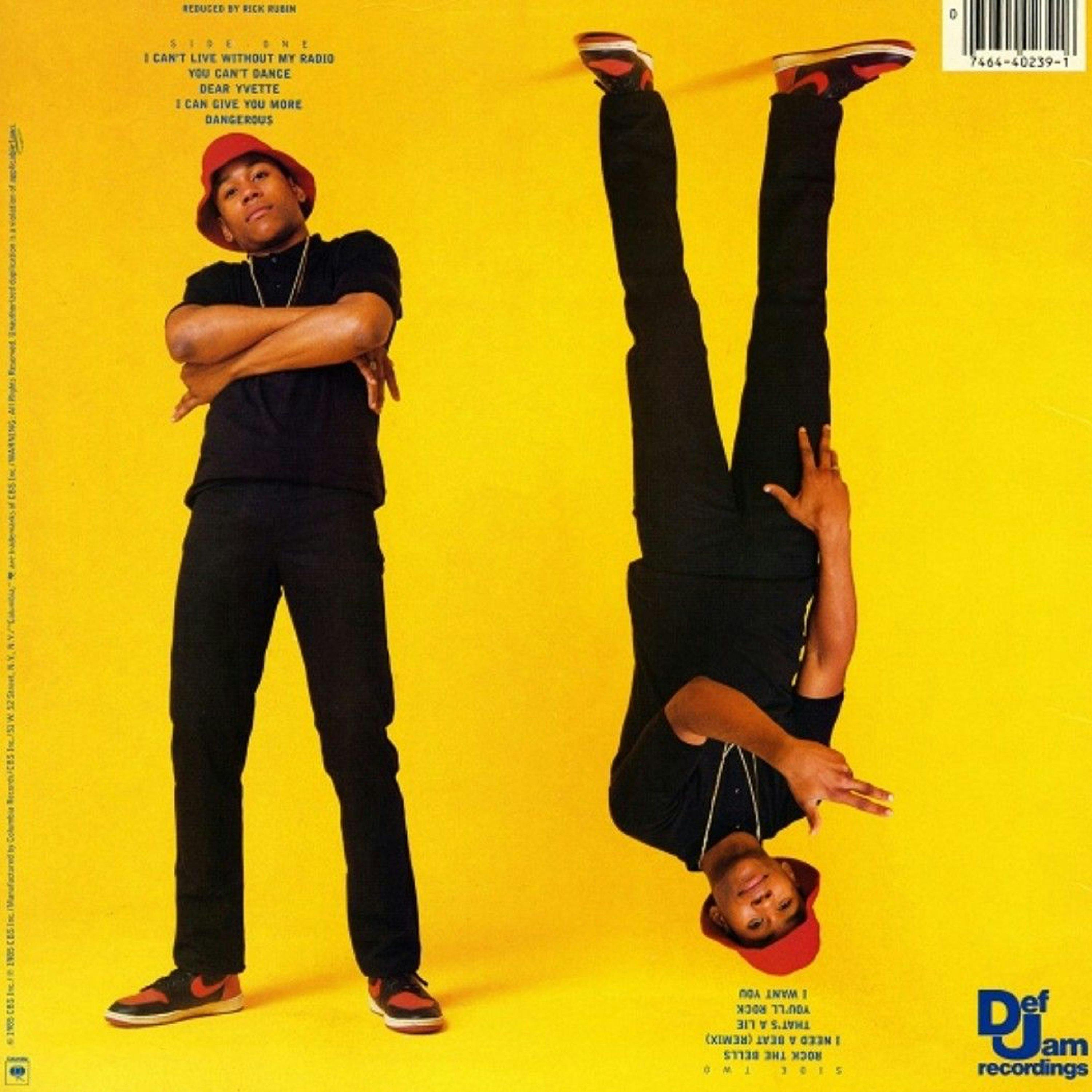
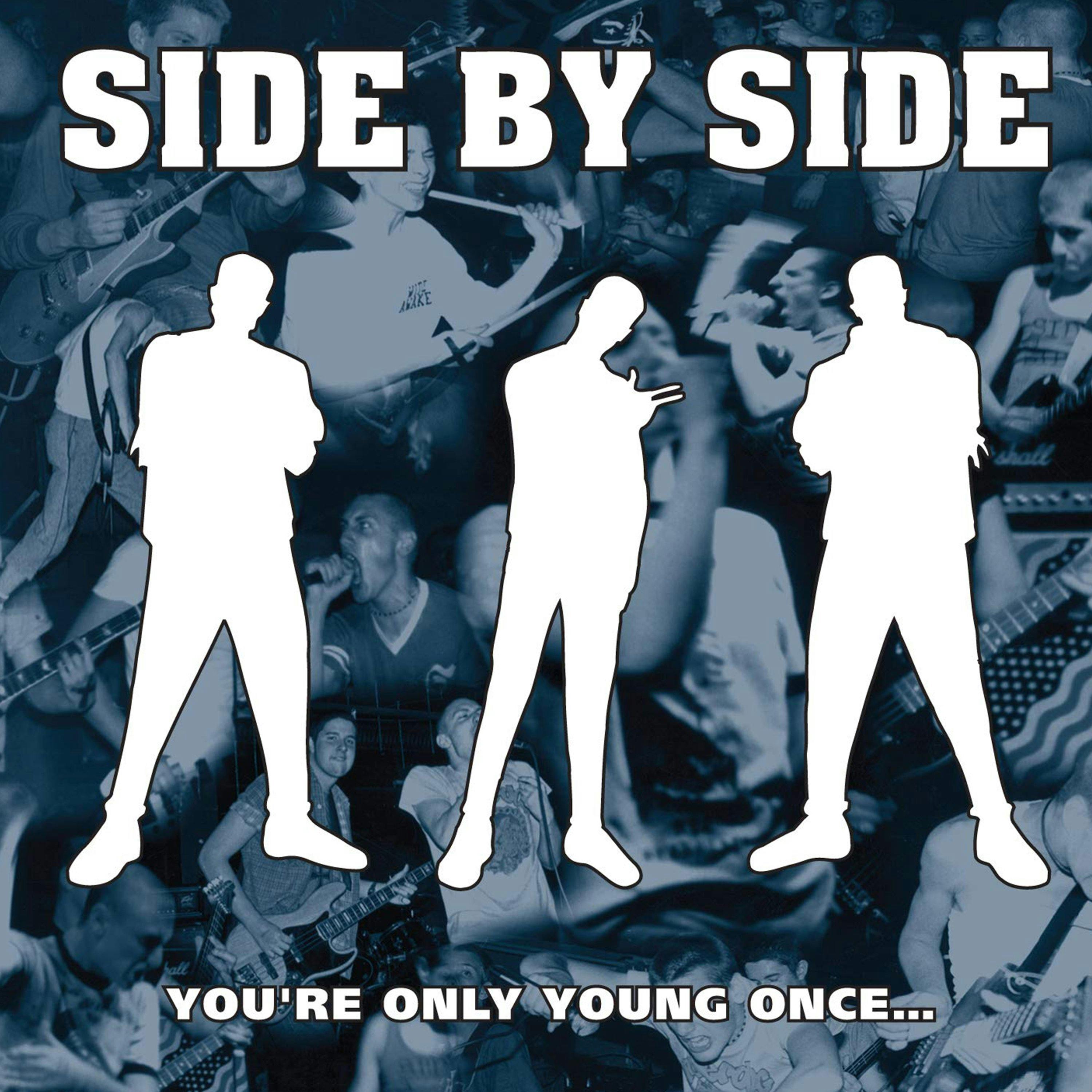
The cover of New York hardcore band Side by Side’s 1988 EP “You’re Only Young Once” features three large-sneakered silhouetted figures that many assumed to be the band. It’s actually riffing on the photo of LL COOL J that appears on the back of his “Radio” record, a tweaked outline in triplicate hard stances.
The image was designed by Side by Side’s guitarist Alex Brown (RIP). The band’s drummer Sammy Siegler recalls, “The intersection between Hip-Hop and hardcore made sense for us in late-’80s New York. We were all huge fans of the LL record. Alex came to Parsons from Iowa for art school and this was literally the cut-and-paste era, where that graphic and our flyers were made using rubber cement on boards.” LL COOL J first peeped the likeness at Beyond the Streets, an exhibition of graffiti and street art in Los Angeles in 2018. “I think it’s dope,” he says of the homage. “Anytime you can do something that inspires other artists, I mean that’s the highest praise. You’re basically soul to soul at that point.”
Blondie and Hip-Hop
Blondie’s 1980 hit “Rapture” was the first chart-topping single to feature rap, and the band’s guitarist, Chris Stein, played on and produced some of the soundtrack for definitive Hip-Hop film Wild Style. Stein and fellow producer Fab 5 Freddy composed the originals (Grandmaster Theodore mixed and Grandmaster Caz wrote the lyrics), even pressing 12 of the songs onto white vinyl, made just for the DJs to scratch with on camera. Fab 5 Freddy, Jean-Michel Basquiat, and graffiti pioneer, Lee Quinones, all appear in the film as Blondie’s “Rapture” and “Pretty Baby” play in the background. The soundtrack of legends holds up as iconic, hence the Rapture intro: “Fab 5 Freddie told me everybody’s fly… .”
Outburst, Graffiti, and Jedi Mind Tricks
Queens-based ’80s-era hardcore band Outburst sported a Hip-Hop aesthetic in their bubble-lettered logo (done by their guitarist Jay “Jay R” Rufino), but love for the brethren genre showed up in the music, too. Freddy Alva, author of Urban Styles: Graffiti in New York Hardcore, includes the band’s song “The Hardway” in his list of Top 10 NYHC Breakbeat Intros, making a good argument for the swinging rhythm that “could — in a parallel universe — serve as the source for one of those moody, noir-ish instrumentals someone like the RZA from Wu-Tang Clan is so adept at producing.” Outburst drummer Joe Songco says the group felt the love reciprocated when photos of Lucas Vercetti of Odd Future and Vinnie Paz of Jedi Mind Tricks popped up on the Internet rocking Outburst T-shirts, too.
Futura and the Clash
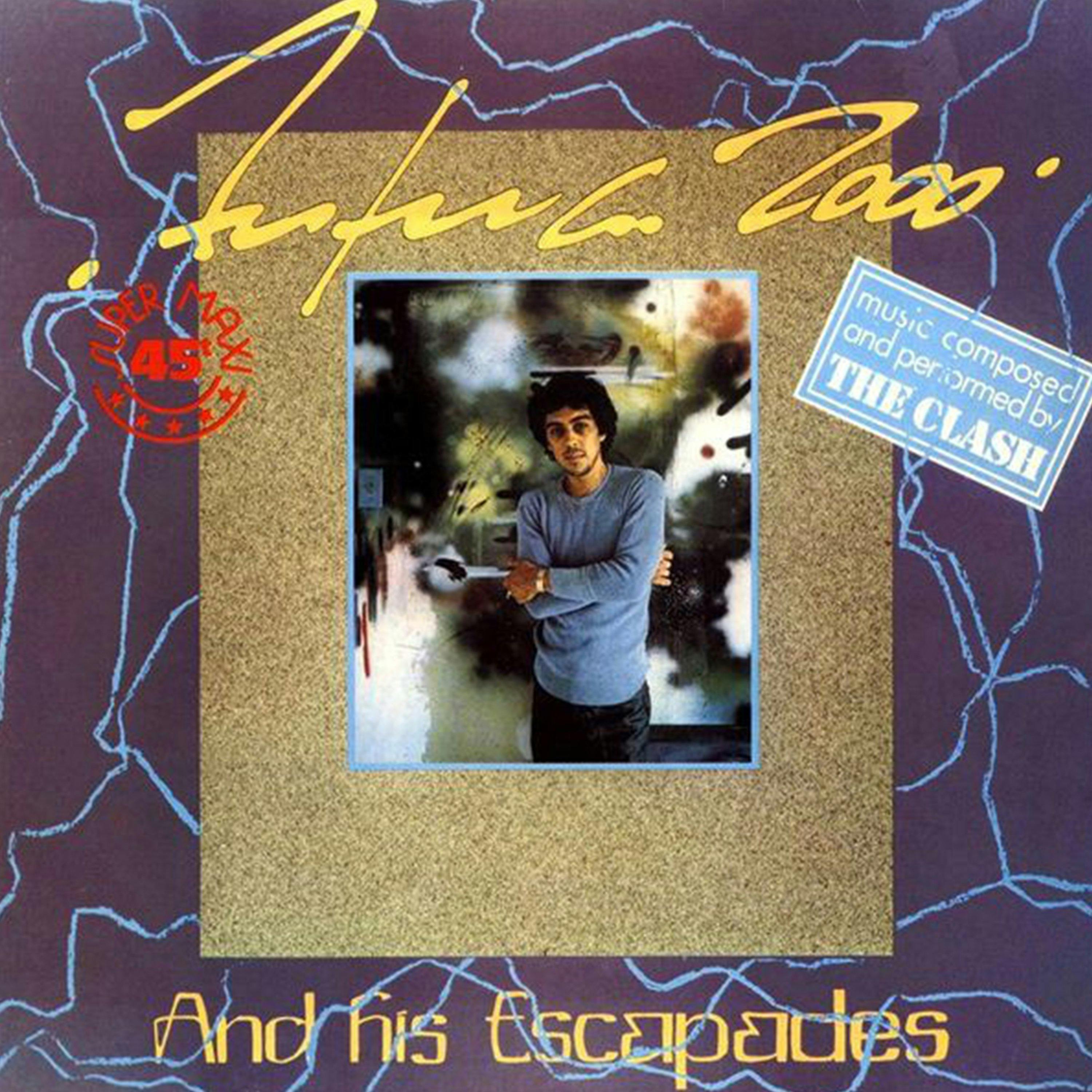
New York City graffiti writer Futura leaped from painting subway trains in the ’70s to gallery shows by the early ’80s. He toured with British punk sensation the Clash in ’81, painting backdrops behind the band on stage. Futura also designed the Clash’s “This Is Radio Clash” single sleeve and his handwriting can be seen on the lyric sheet inside Combat Rock.
Run-DMC and Ludichrist
The Long Island thrash punks of Ludichrist take Run-D.M.C.’s “Rock Box” for a joyride in the middle of their song “Green Eggs and Ham” on their 1986 album Immaculate Deception. In the breakdown they dub themselves “Kings of the hardcore rap” and name-check a few Def Jam artists before warning “All you sucker MCs will get iced!”
Chuck D and Henry Rollins

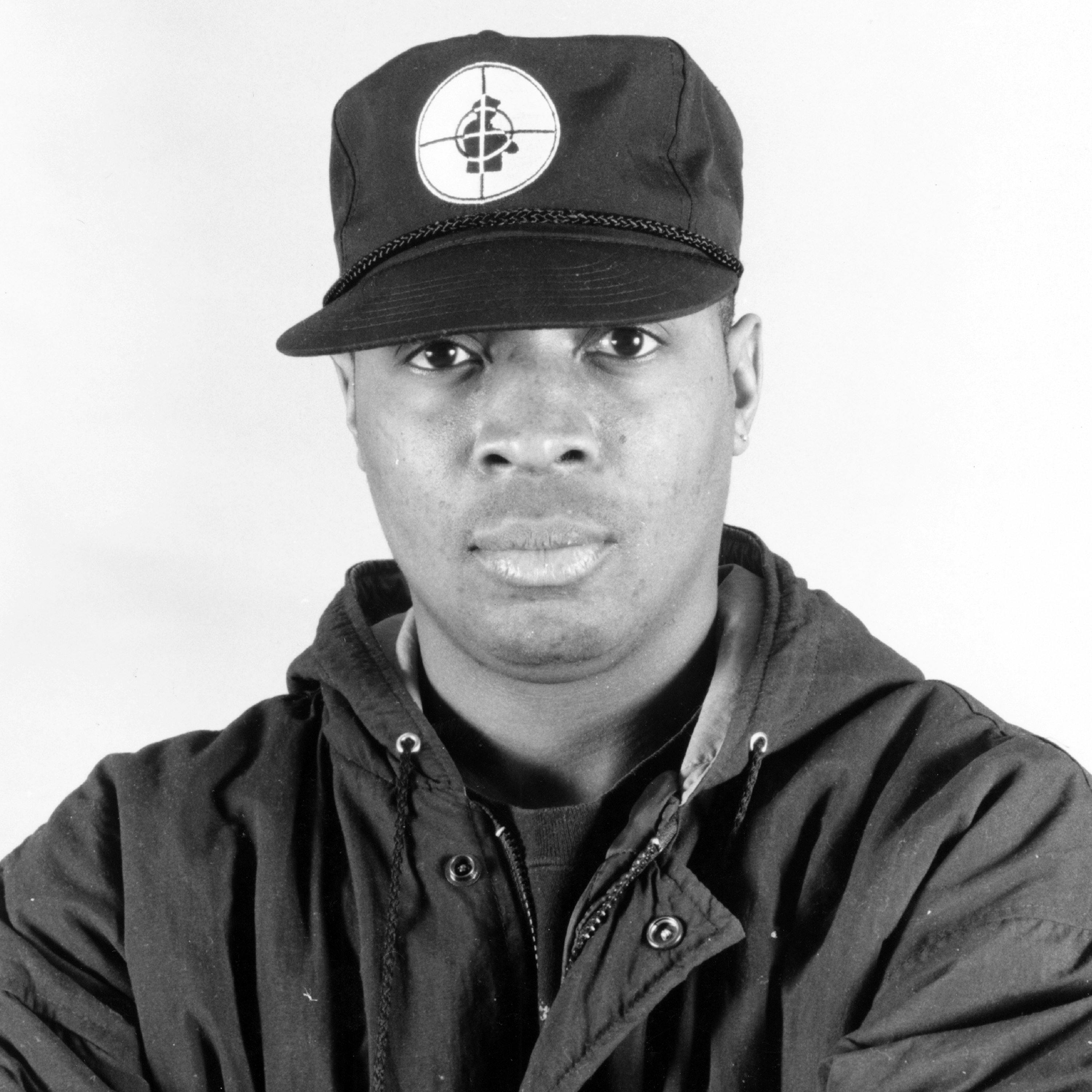
Photo by Michael Childers/Corbis via Getty Images/ Photo by Al Pereira/Michael Ochs Archives/Getty Images
In 1993, three angsty small-town teenagers accused of murder and sentenced to 18 years in prison became known as the West Memphis Three, the subject of much speculation and award-winning documentaries. Punk screamer Henry Rollins pulled together Rise Above: 24 Black Flag Songs to Benefit the West Memphis Three, enlisting Public Enemy’s Chuck D to set off a rousing version of Black Flag’s “Rise Above” on the compilation album.
N.W.A. and Good Clean Fun
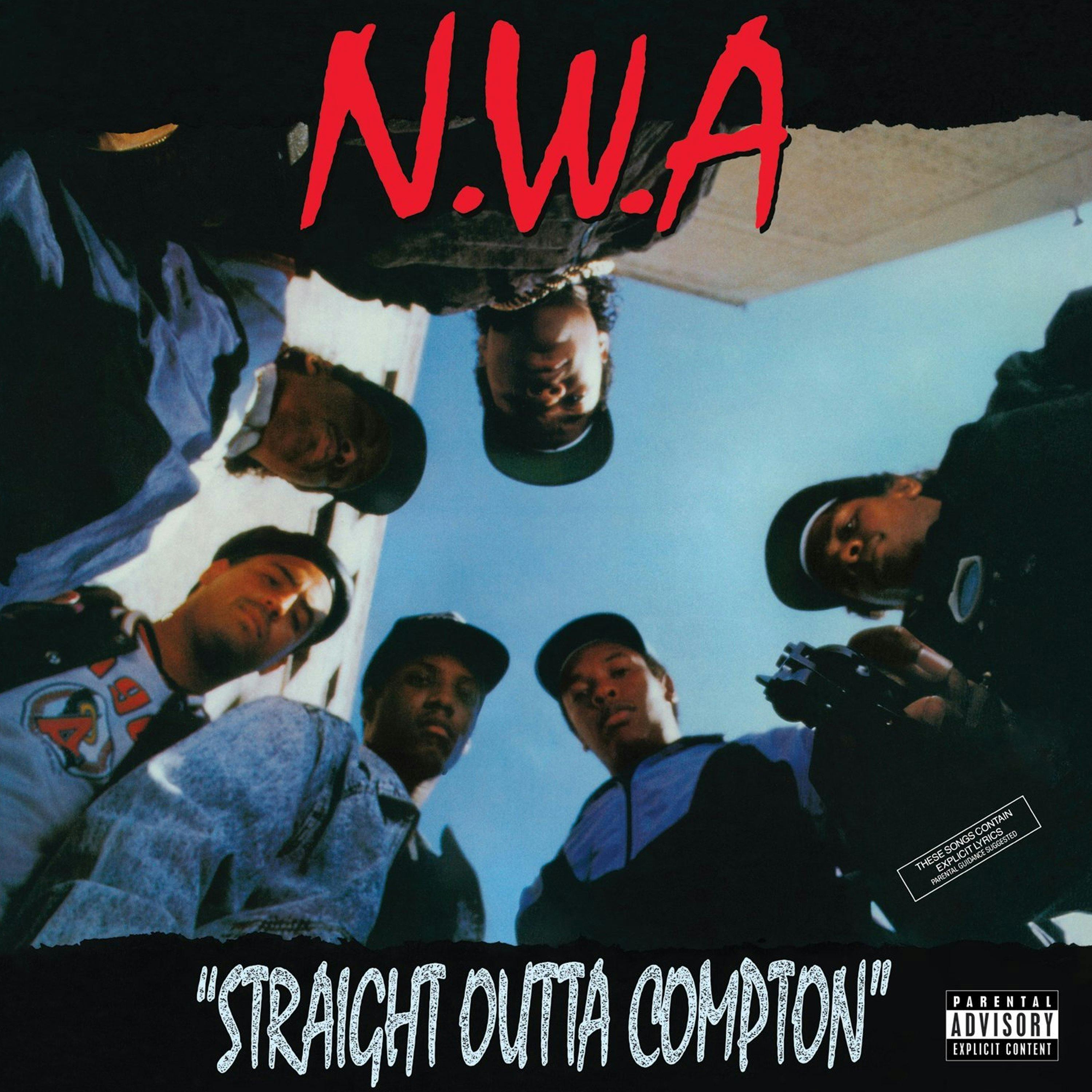

Late ’90s-era Washington, DC-based band Good Clean Fun visually parodied N.W.A.’s Straight Outta Compton cover with their “Straight Outta Hardcore” album, while their song “I Dreamed I Was Hardline” satirizes Black Sheep’s song “U Mean I’m Not” and its “I dreamed that I was hard” punchline. Singer Issa Diao says, “We were huge fans of the Hip-Hop of that era, and you would hear it more often than not in our tour van.”
Ice Cube, Onyx, and H2O
New York pop punk band H2O put their own posi spin on Ice Cube’s gangsta rap hit “It Was a Good Day,” but long before that, H2O singer Toby Morse appeared as an extra in Onyx’s “Slam” video in ’93. That same year Onyx recorded with Brooklyn metalcore band Biohazard for the Judgment Night soundtrack. Lots of alt-rock bands and MCs were paired up to support the film starring Emilio Estevez and Cuba Gooding Jr. with one of the better cuts, the silly “Freak Momma,” performed by Seattle native Sir-Mix-A-Lot with Sub Pop group Mudhoney.
* Banner Image: Debbie Harry / Photo by Lynn Goldsmith/Corbis/VCG via Getty Images



